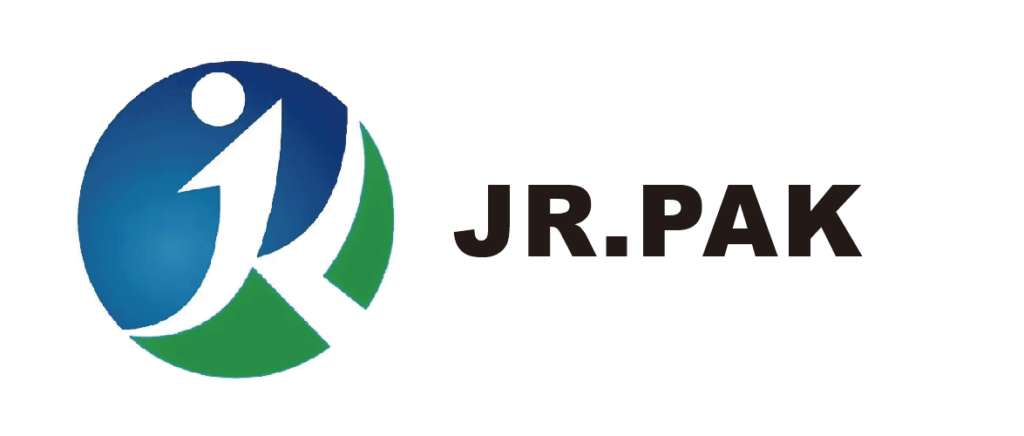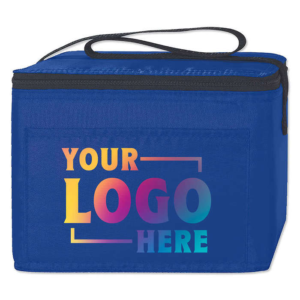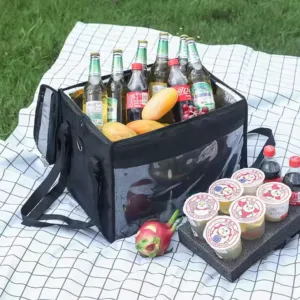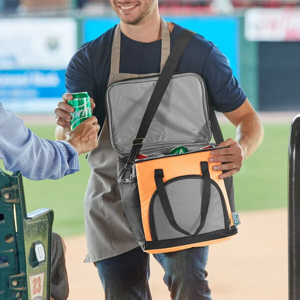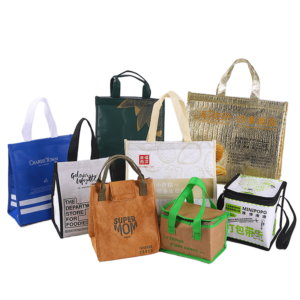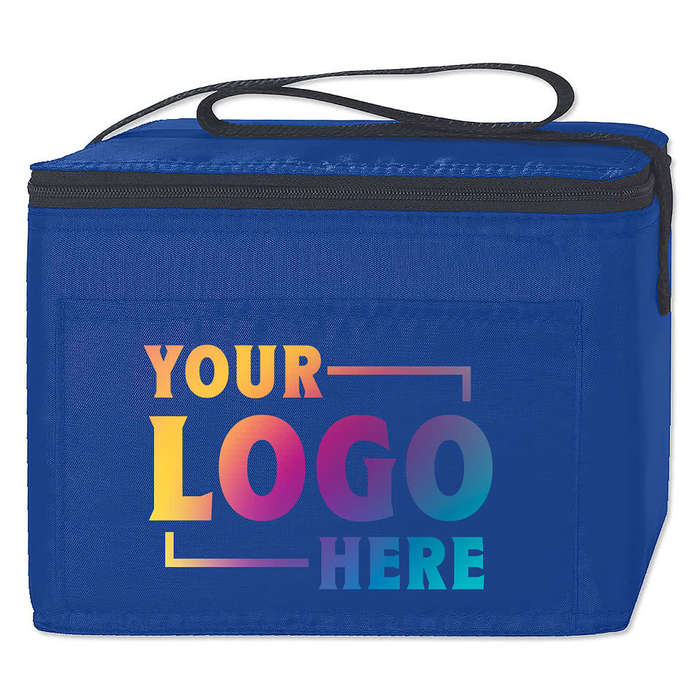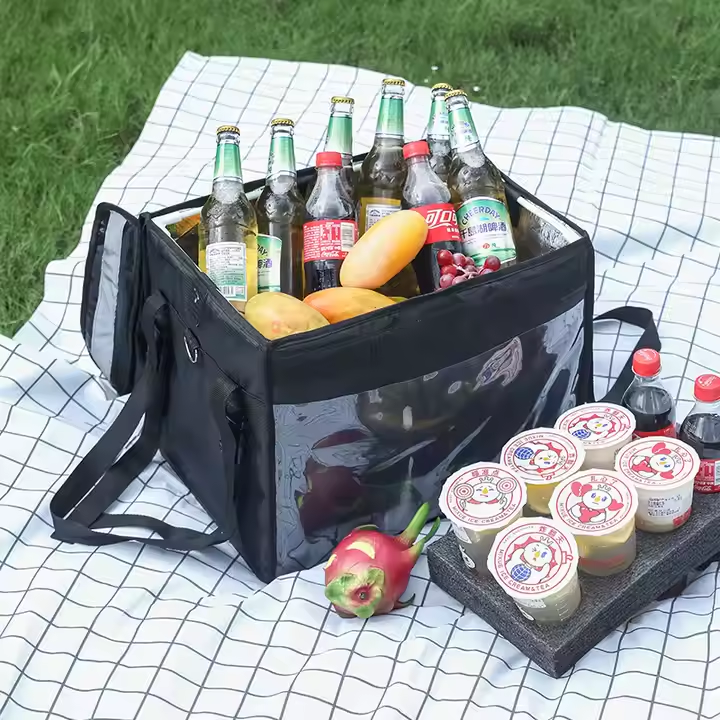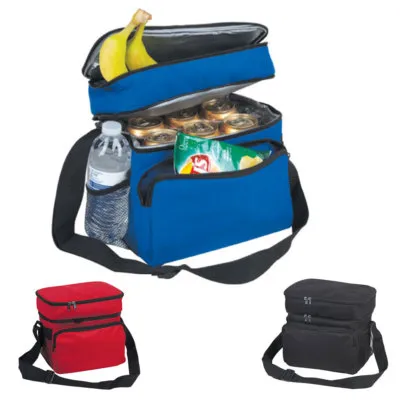Recent trade fairs have revealed clear trends in the non-woven bag industry, driven by environmental policy changes and shifting consumer expectations. This article explores six key developments manufacturers and B2B buyers must understand to stay competitive.
6 Key Trends from Recent Non Woven Bag Trade Fairs
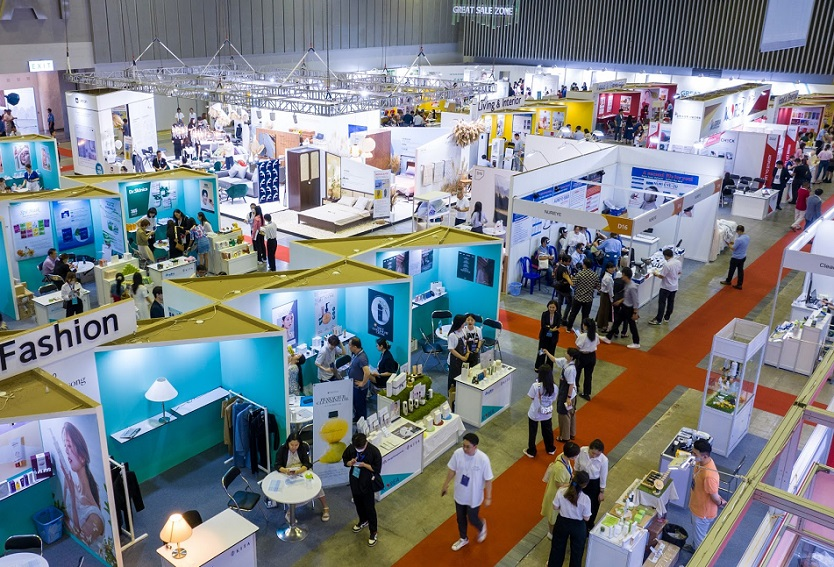
Non-woven bag exhibitions now showcase innovations in sustainability, design, and technology integration. These six trends reveal how the industry is adapting to global market shifts.
Read on to discover how these trends could shape your product offerings.
Sustainable and Biodegradable Materials1
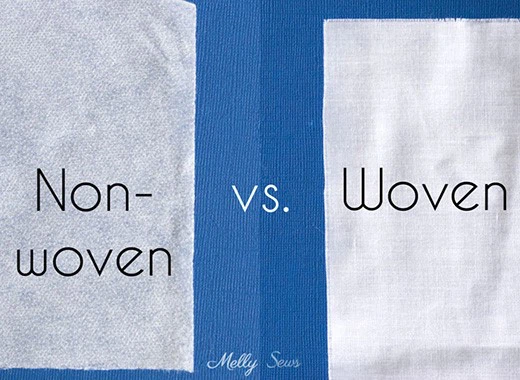
Environmental concerns are leading the charge at recent exhibitions. Manufacturers are increasingly displaying bags made from biodegradable materials such as PLA (polylactic acid), PHA, and starch blends. These new fabrics are designed to break down naturally, helping businesses comply with global bans on single-use plastics.
Explore our eco-friendly non-woven bag solutions
Biodegradable Material Comparison
| Material | Source | Decomposition Time | Application Type |
|---|---|---|---|
| PLA | Corn starch | 6–12 months | Shopping & takeaway bags |
| PHA | Microorganisms | 3–6 months | Medical & food packaging |
| Starch blend | Potato/corn starch | 6–9 months | Grocery & produce bags |
These developments reflect growing consumer pressure for low-impact products and stricter national regulations.
Advanced Digital Printing and Customization2
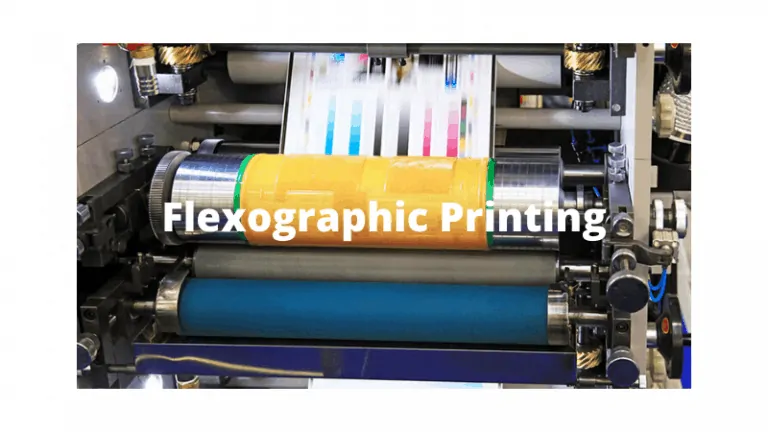
Trade fairs revealed a surge in digital printing adoption. One-pass full-color digital printers now support high-speed, low-cost customization on non-woven fabric using eco-friendly inks. This allows manufacturers to offer small-batch and personalized branding options without wasteful overproduction.
Key Printing Benefits
| Feature | Benefit |
|---|---|
| One-pass full-color | Quick and vibrant output |
| Water-based ink | Eco-friendly and odorless |
| On-demand design | Ideal for seasonal promotions |
This trend supports brands looking to enhance customer connection and visual identity while maintaining sustainable practices.
Integration of Smart Technologies3
Smart packaging took center stage at recent trade shows. Non-woven bags are now integrating features like QR codes, NFC chips, and AR triggers. These elements can deliver product information, verify authenticity, or link to interactive marketing content.
Technology Use in Packaging
| Smart Feature | Function |
|---|---|
| QR Code | Links to website, promo, or manual |
| NFC Tag | Opens branded app or video content |
| AR Marker | Creates immersive 3D product previews |
These additions appeal to tech-savvy customers and provide more ways for brands to communicate digitally.
Innovative Design Features
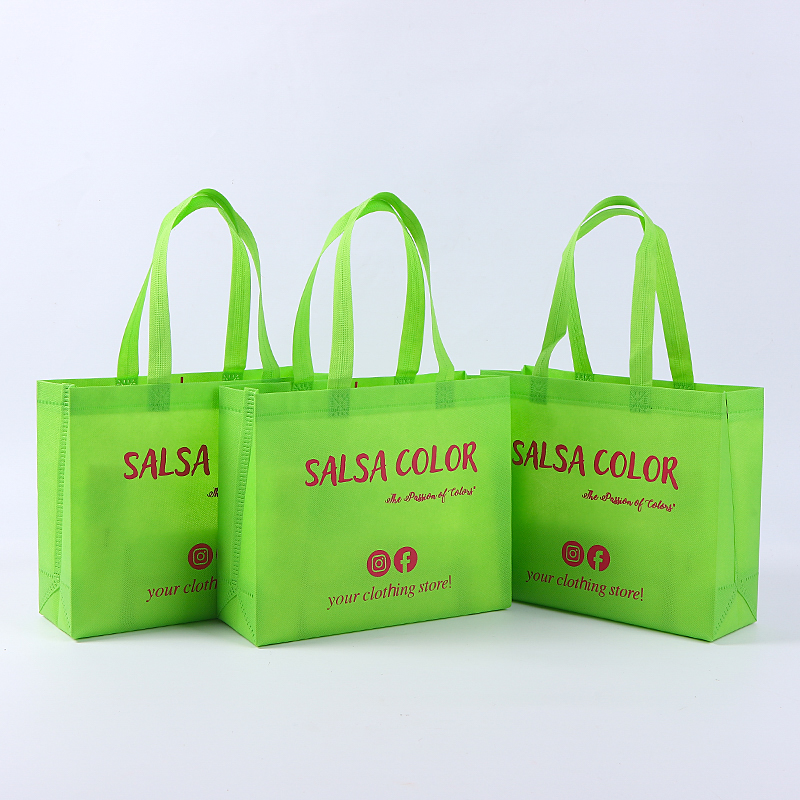
Design innovation stood out at every booth. Non-woven bags now come with visual upgrades like metallic foils, embossed textures, and holographic prints. These features are no longer limited to paper or plastic and are now available for soft-touch non-woven materials as well.
See our full range of custom design options
Design Enhancements Seen at Fairs
| Feature | Effect |
|---|---|
| Embossing/Debossing | Adds texture and depth |
| Metallic foil | Delivers luxury aesthetics |
| Custom silhouettes | Improves shelf and user appeal |
These elements help products stand out, especially in retail and gift-focused industries.
Reusable Bags Becoming the Norm
One clear message from global fairs: disposable bags are fading. Non-woven packaging is shifting toward long-lasting reusable options. Machines now support stronger seams, better handles, and multi-layer fabrics to extend the life of each bag.
Comparison of Reusable Designs
| Feature | Standard Bag | Reusable Bag |
|---|---|---|
| Fabric GSM | 60–80 GSM | 100–140 GSM |
| Load Capacity | 5–10 kg | 15–25 kg |
| Reuse Lifespan | <10 uses | 50–100+ uses |
Reusable bags help customers reduce environmental waste and offer ongoing brand exposure with each reuse.
Energy Efficiency and Green Manufacturing

Manufacturers presented their green credentials proudly. Solar panels, energy-saving bag-making machines, and water-based printing systems were common. These shifts help reduce carbon footprints and lower operational costs.
Learn how JiaRong is implementing green manufacturing
Green Practices in Manufacturing
| Green Initiative | Outcome |
|---|---|
| Solar-powered plants | Reduced electricity costs |
| Energy-saving cutters | Lowered power consumption |
| Water-based printing | Less chemical waste |
These efforts align with sustainability certifications and appeal to corporate buyers with environmental targets.
Conclusion
These six trends show how non-woven packaging is evolving fast, blending eco-friendliness with technology and premium design. At JiaRong Packing, we’ve adopted many of these innovations—from green materials to digital printing—to help our partners stay competitive. If you're looking to upgrade your packaging strategy, visit our non-woven bag page for inspiration. Which trend do you think will lead the market in the next five years? Share your thoughts in the comments below.
